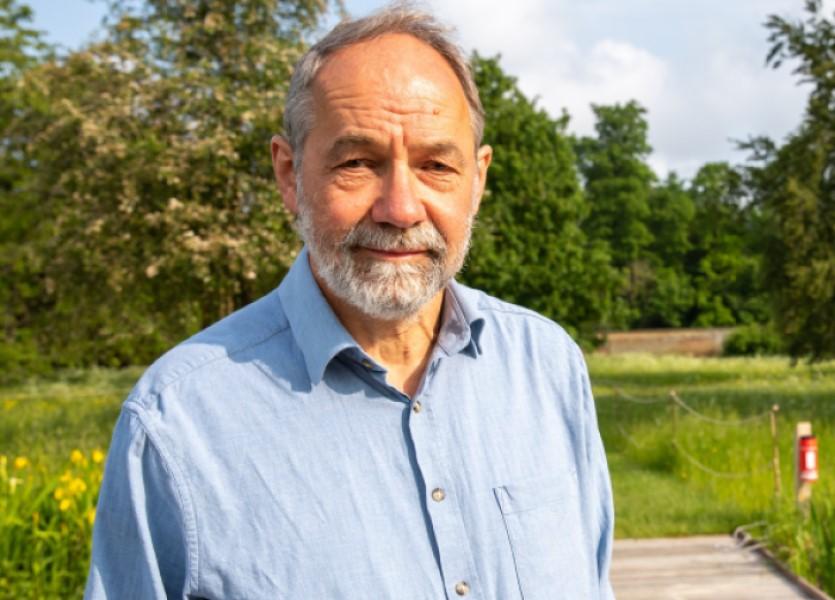Across Cambridge, researchers are using AI to transform climate and biodiversity research. Find out how…
Improving land use decisions to benefit nature
“Around one third of the world’s land surface has been transformed for human use in the last 60 years. It’s mad just how terrible local decision-making can be for preserving global biodiversity. By protecting one place we’re often just outsourcing the impact to somewhere else,” says Anil Madhavapeddy, Professor of Planetary Computing in the Department of Computer Science and Technology.
Madhavapeddy is part of the team building a new AI tool called Terra - a predictive model of all terrestrial life on Earth. It’s a hugely complex task. The aim is to understand, then help decision-makers try to reverse, ecosystem deterioration and biodiversity loss while also producing enough food, energy and water for our needs.
Terra will combine extensive terrestrial data with earth observation data from satellites and drones, predictively filling in the blanks to build accurate global maps of biodiversity and human activity, and to reveal the world’s biodiversity hotspots.
The tool will help governments and businesses predict the global biodiversity impact of land-use decisions about vital human activities, like farming. It will vastly improve analysis of the effects of climate change, and the accuracy of biodiversity monitoring.







